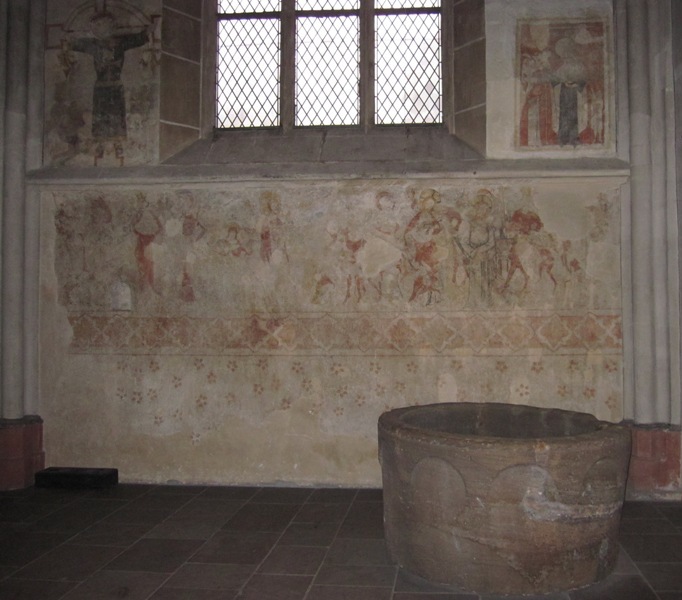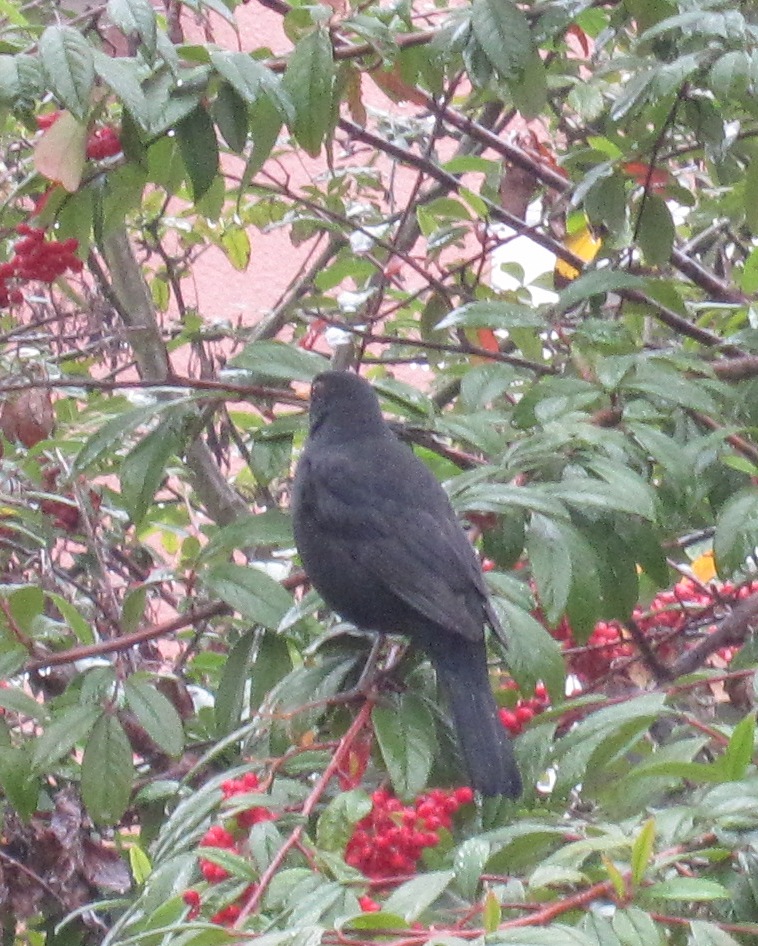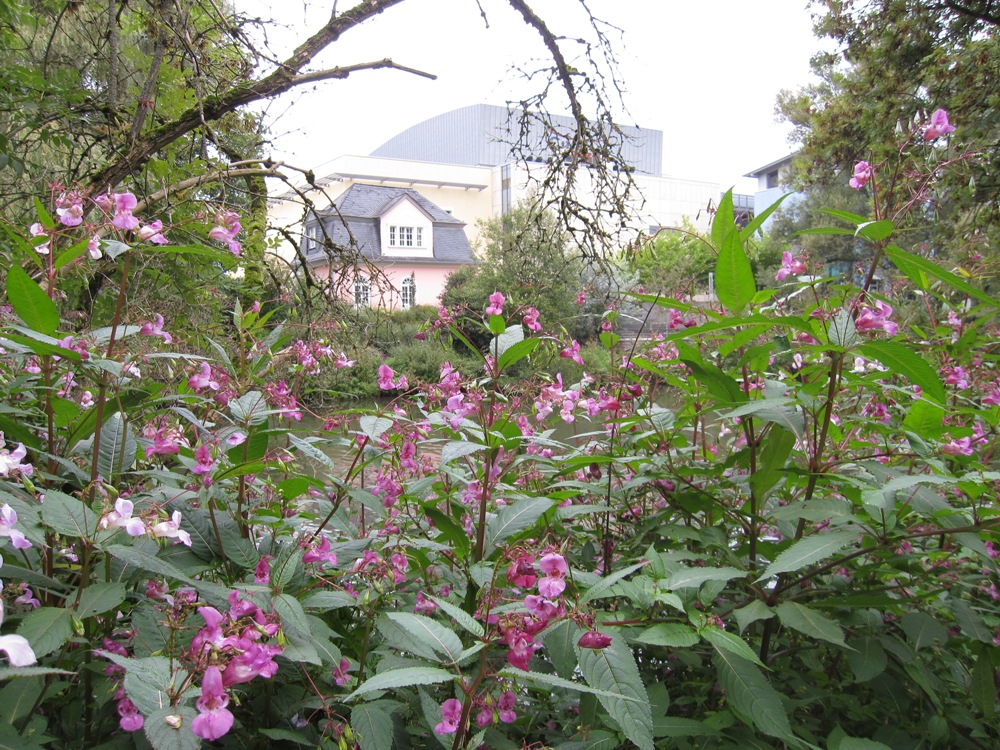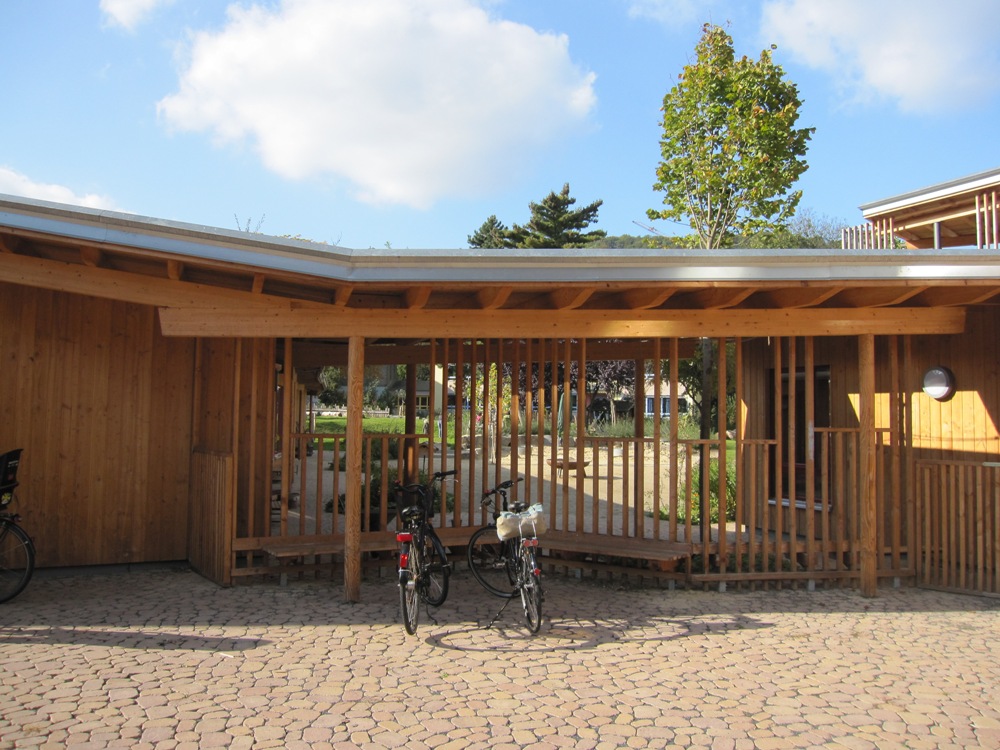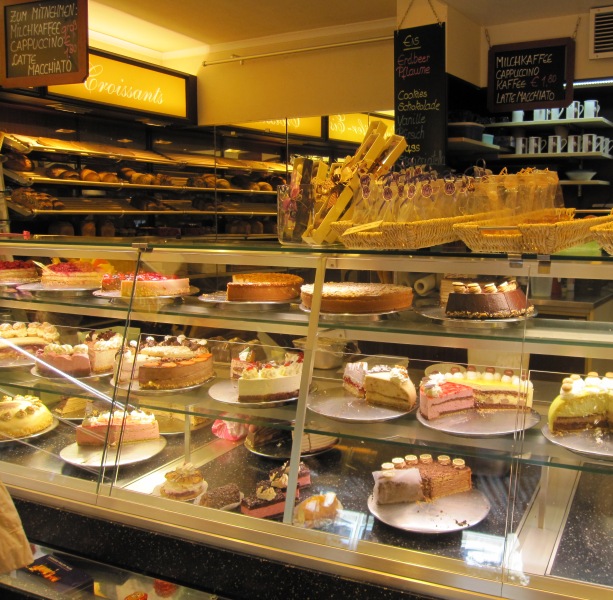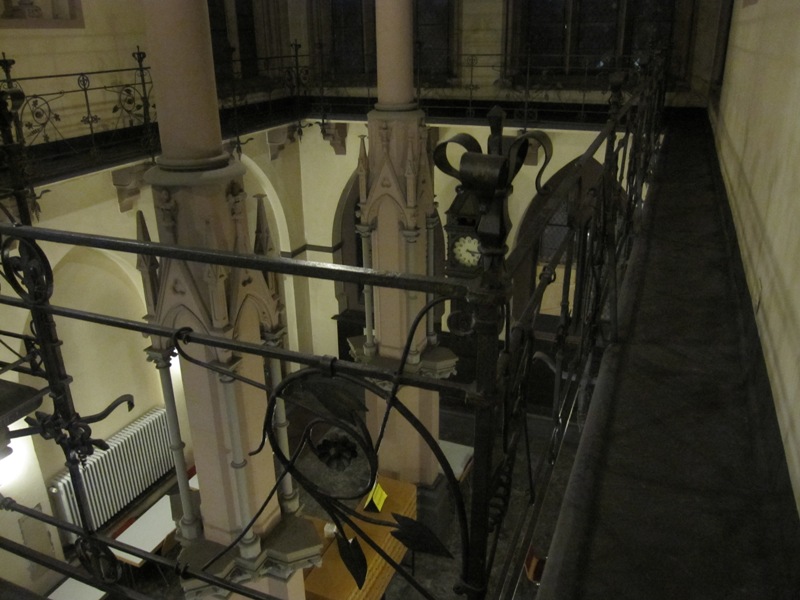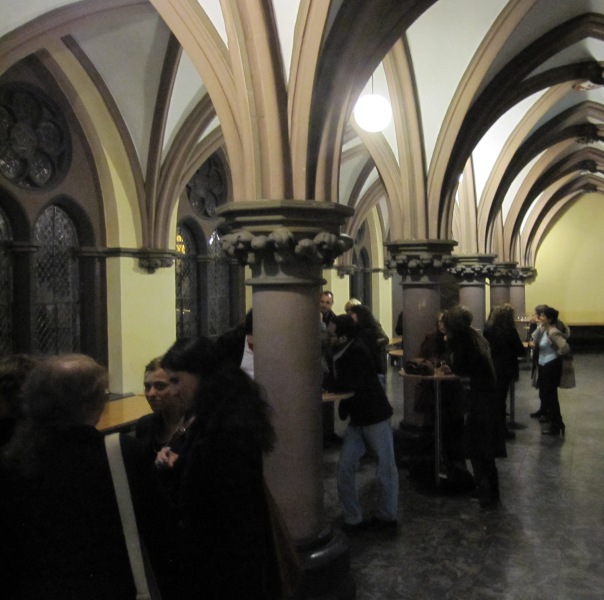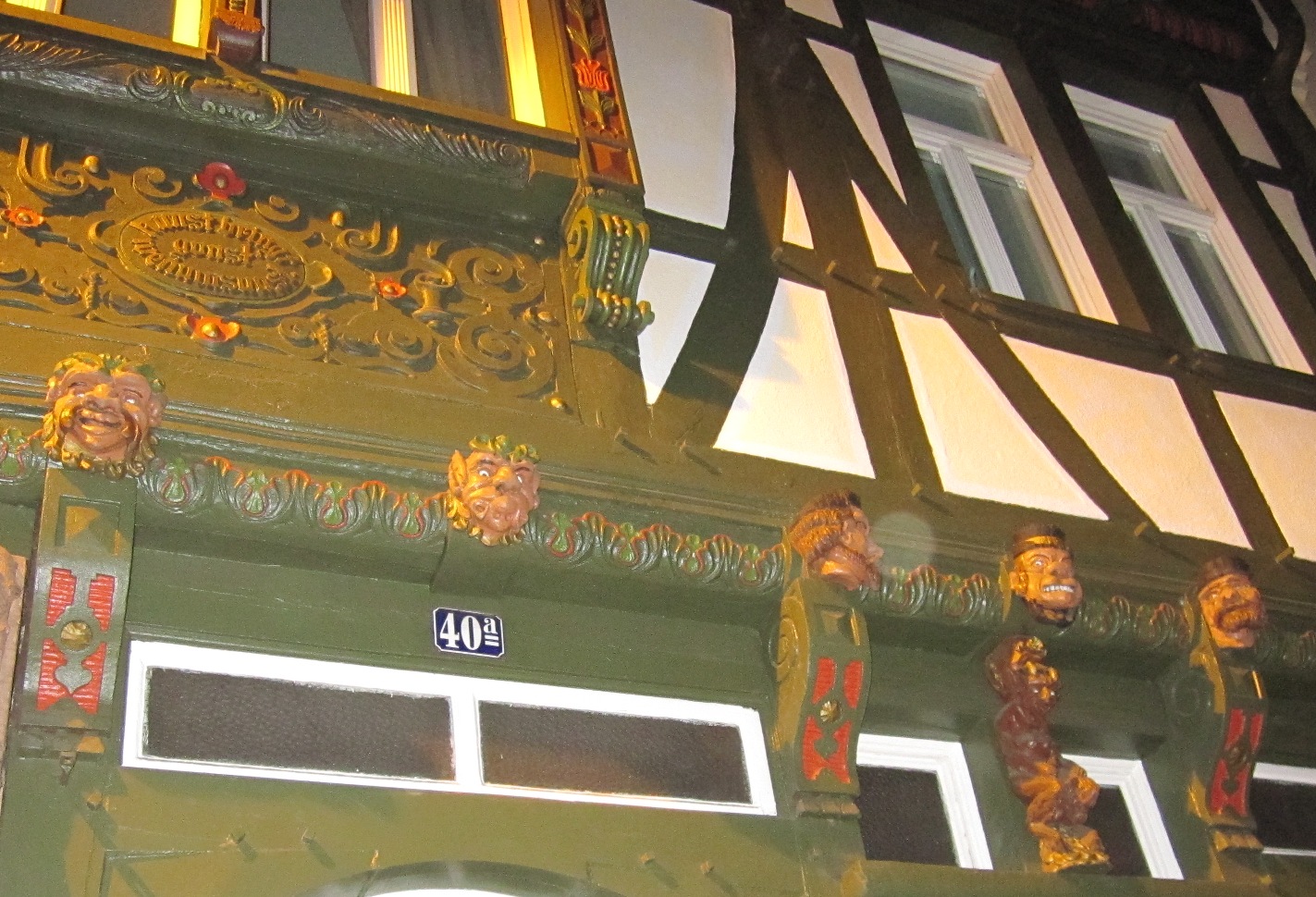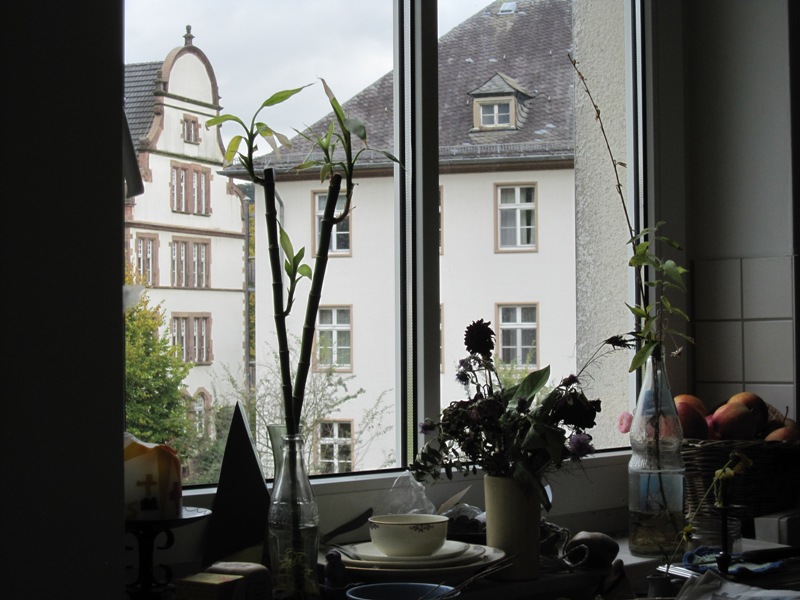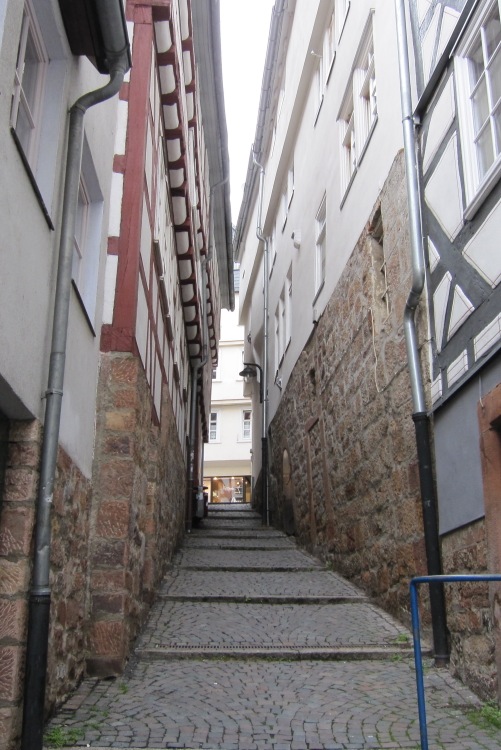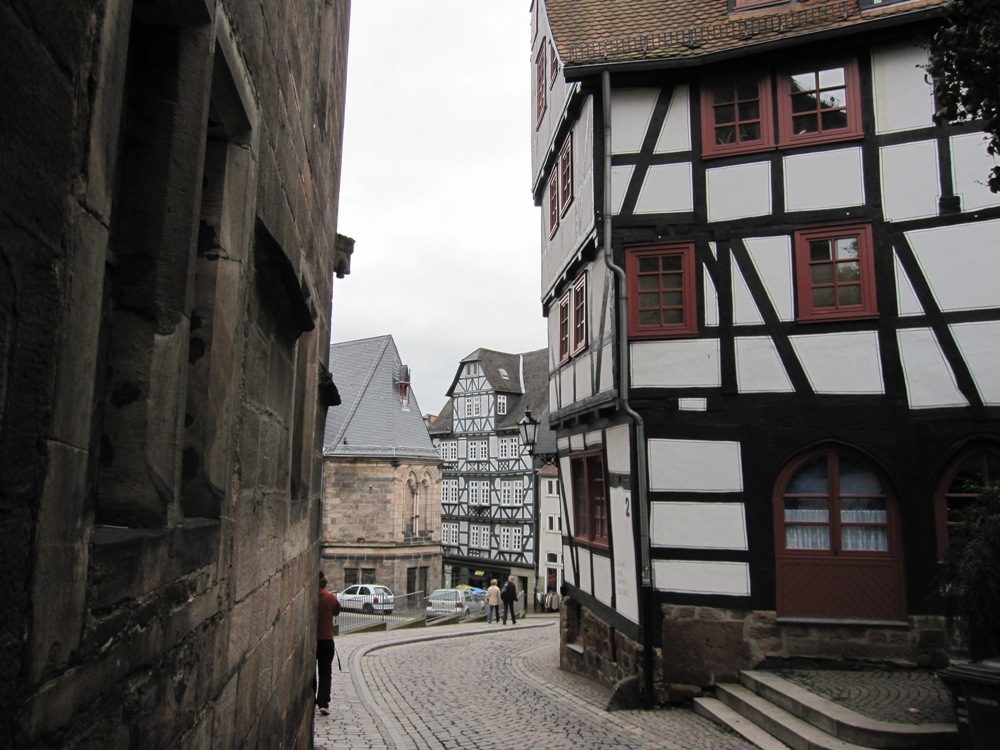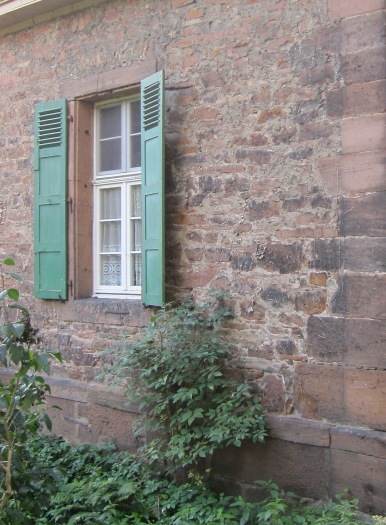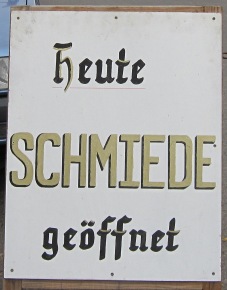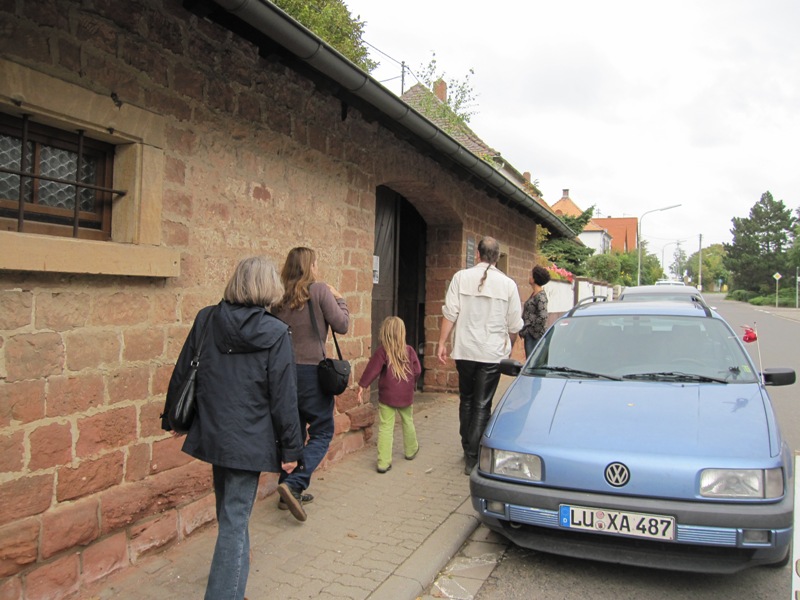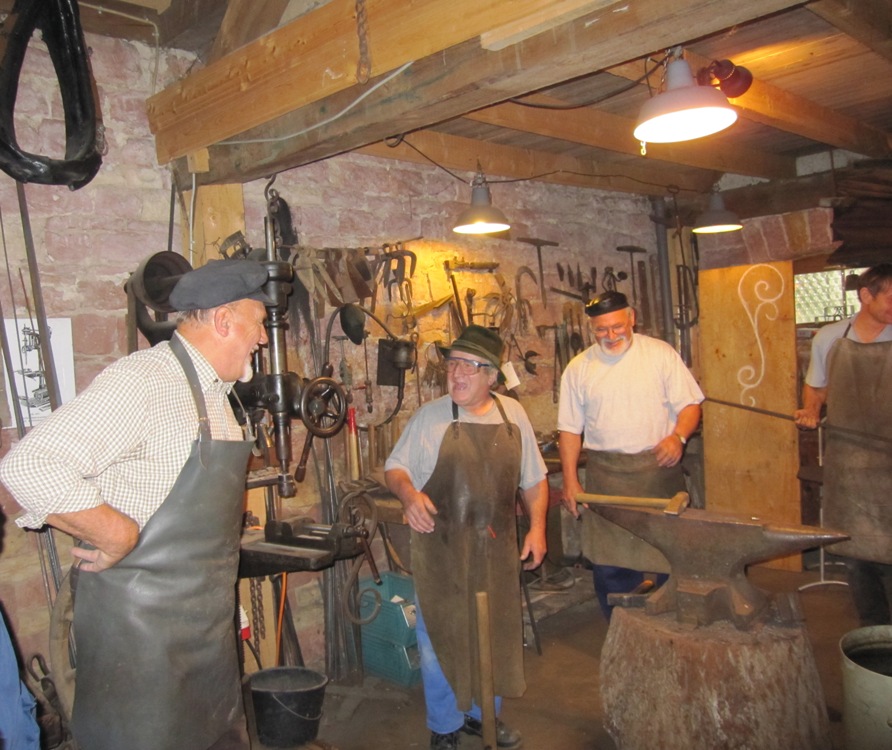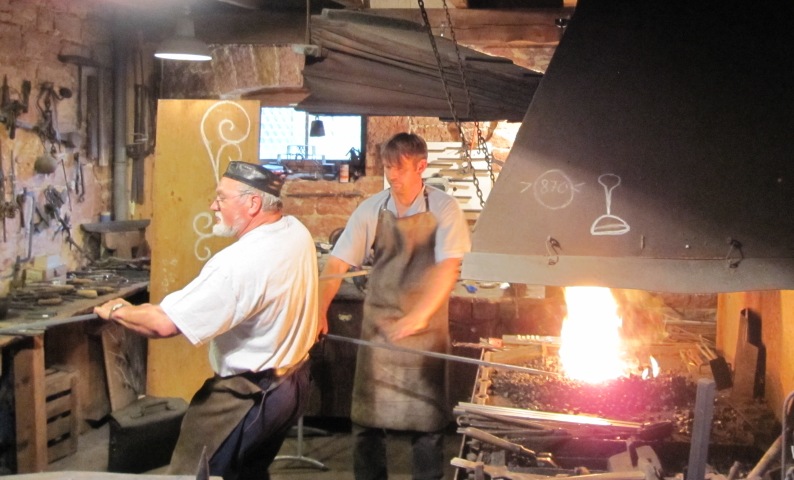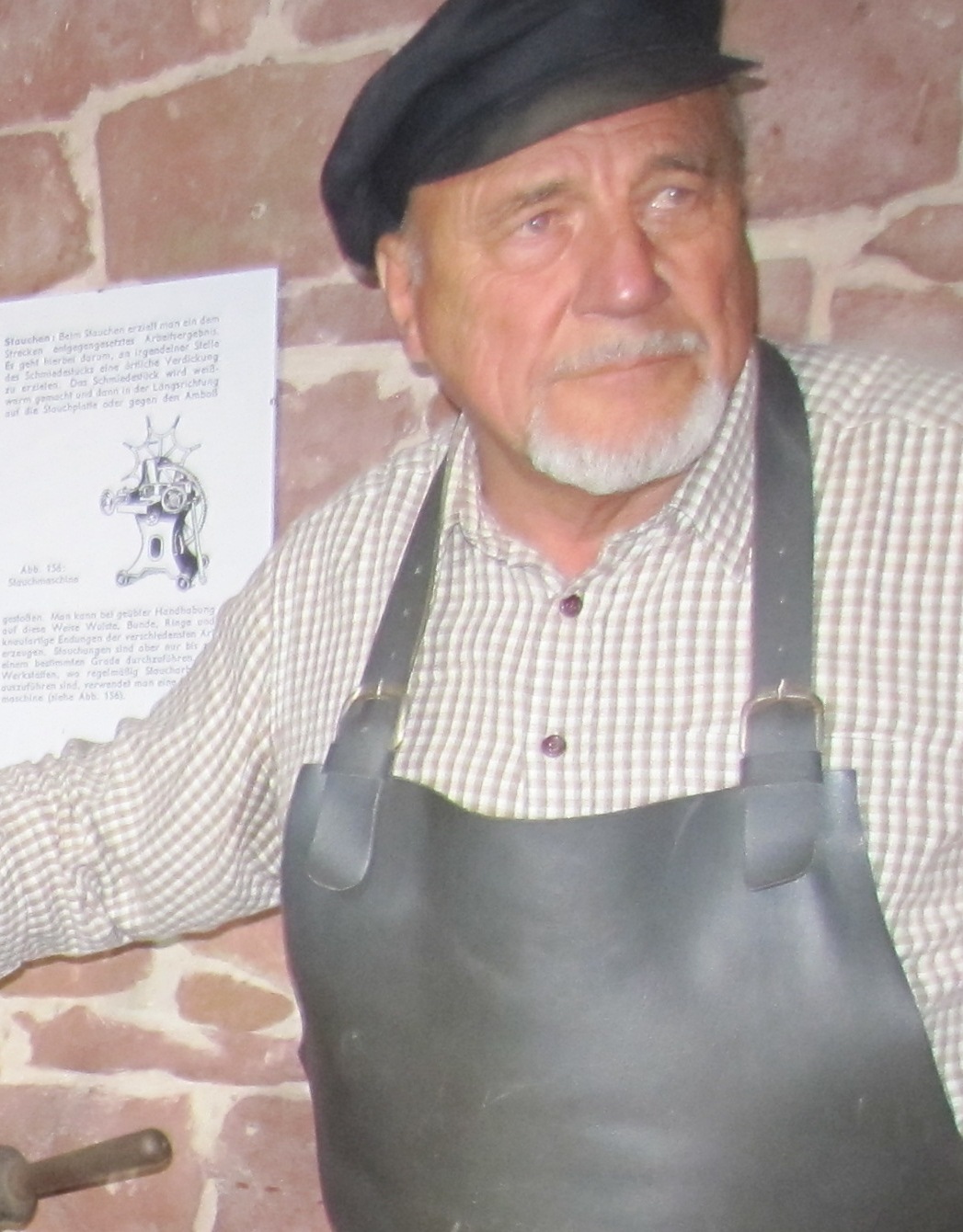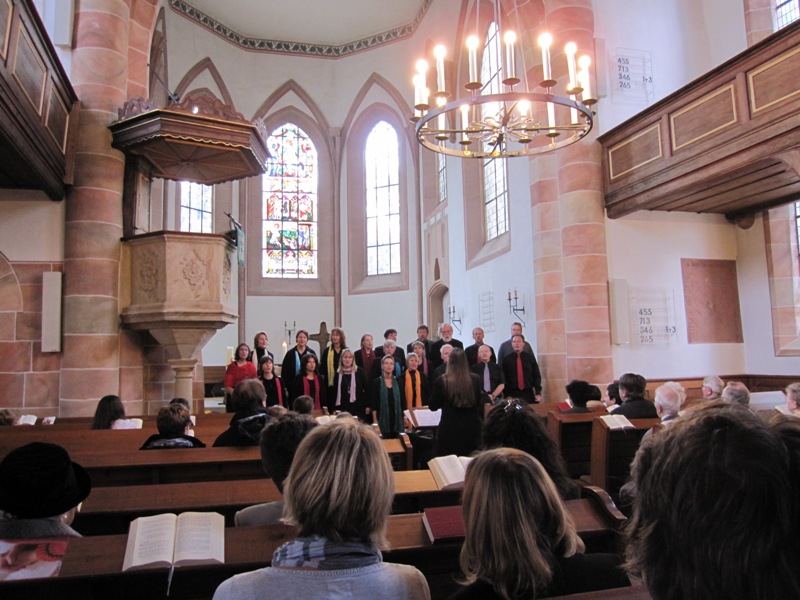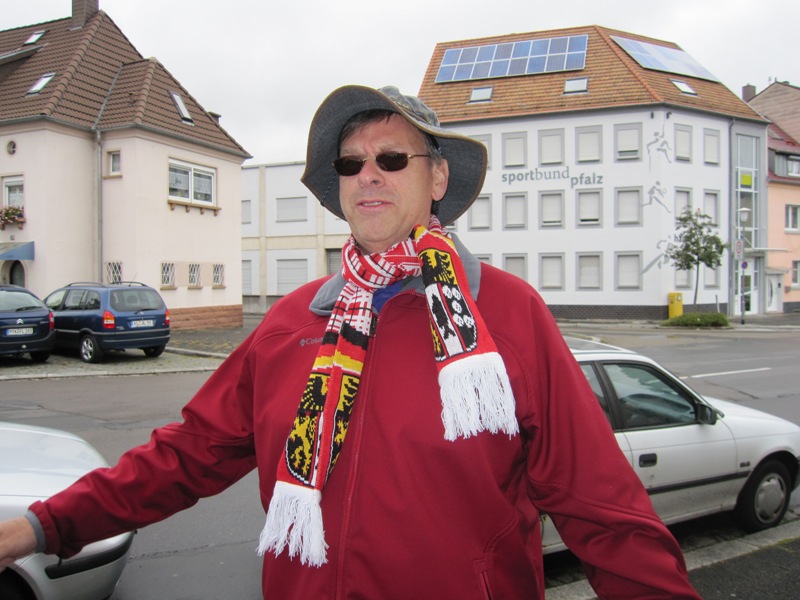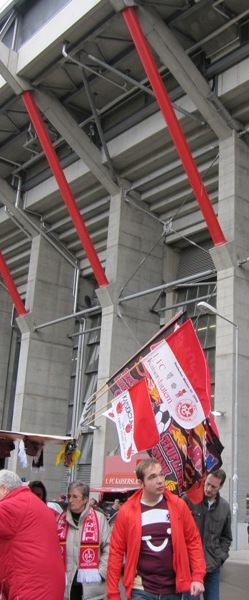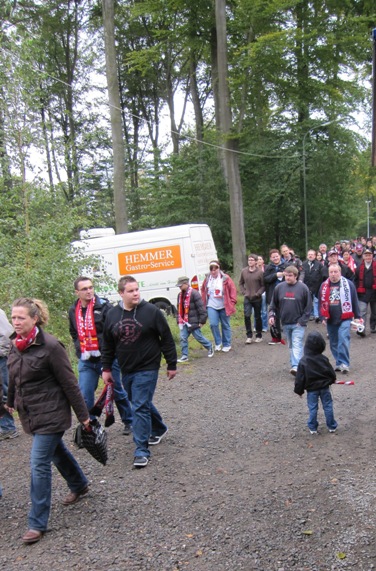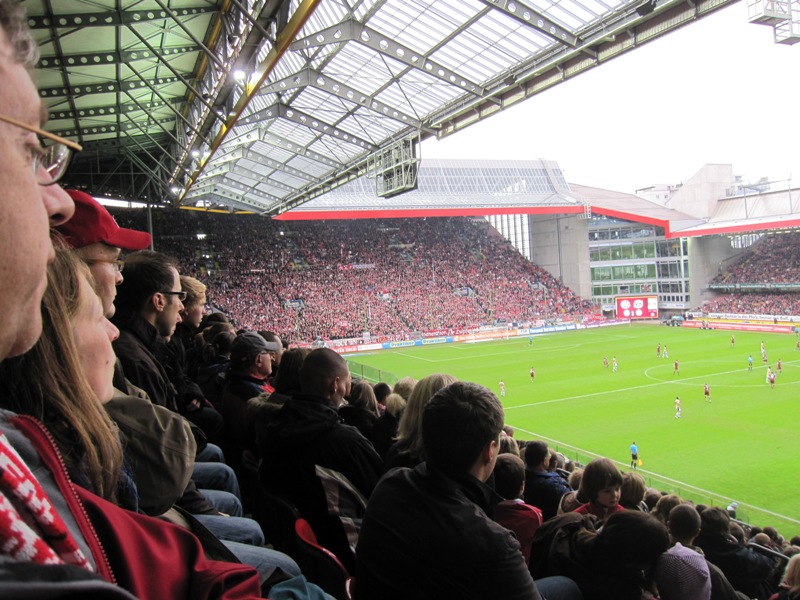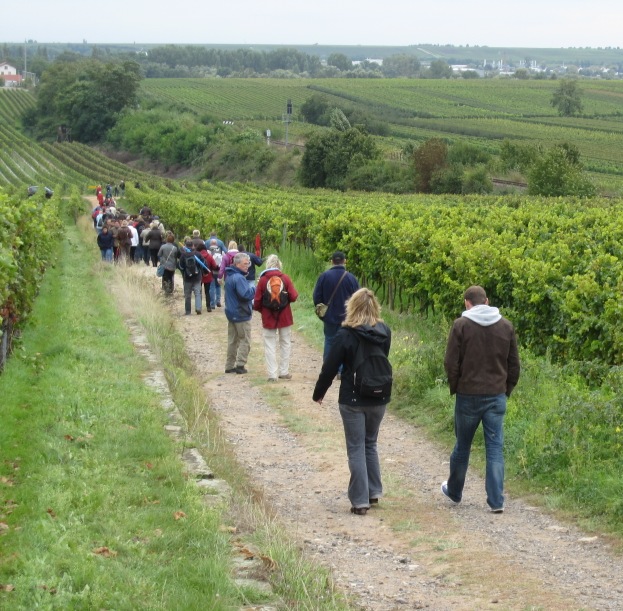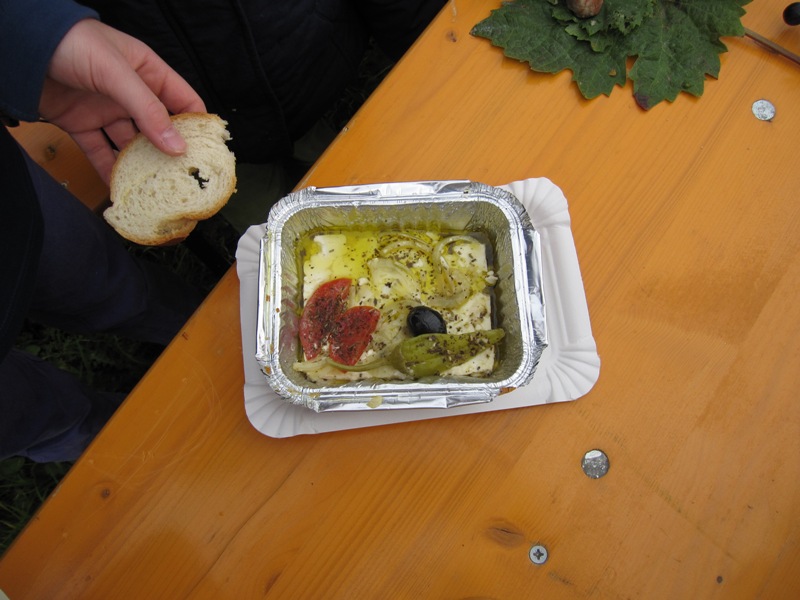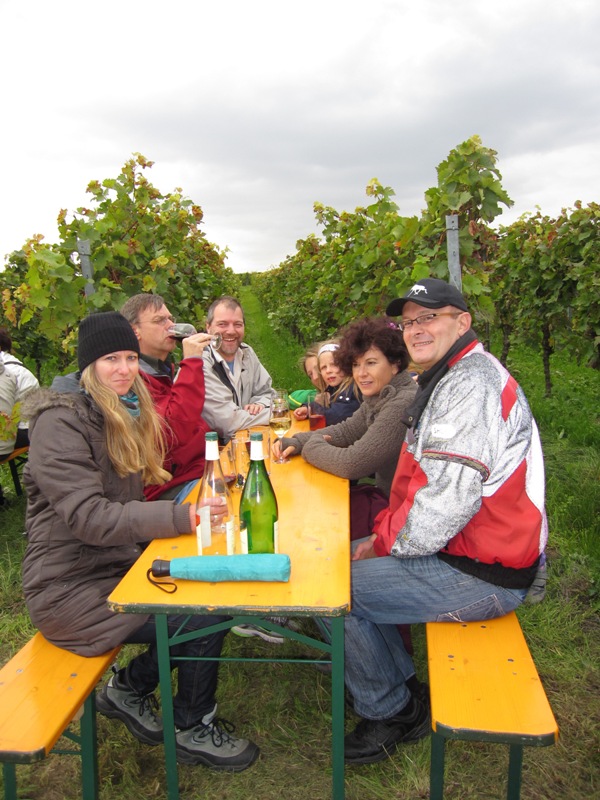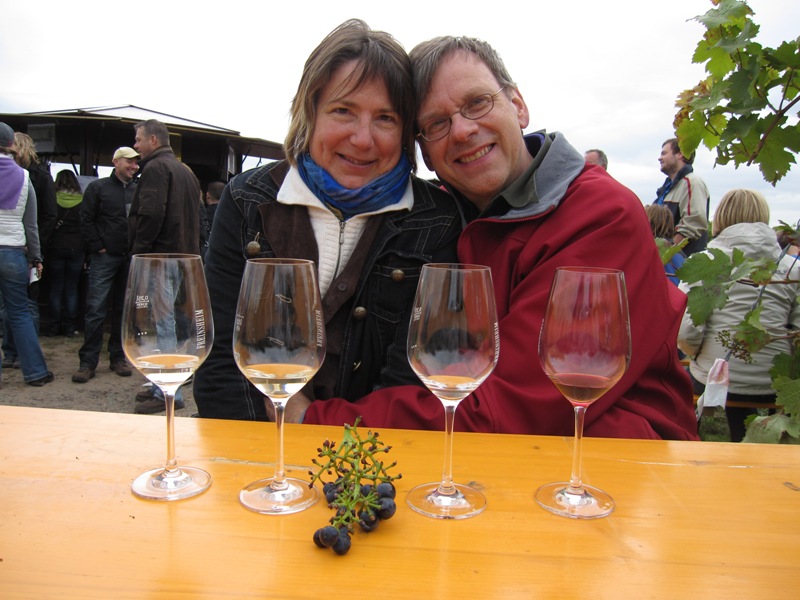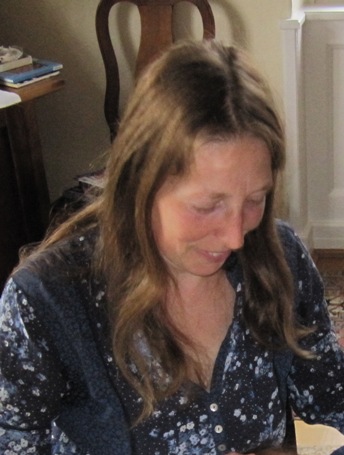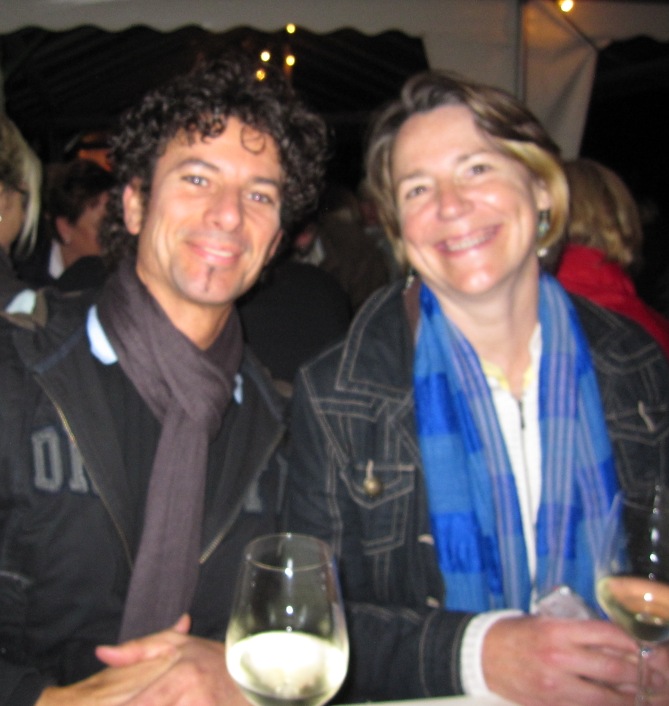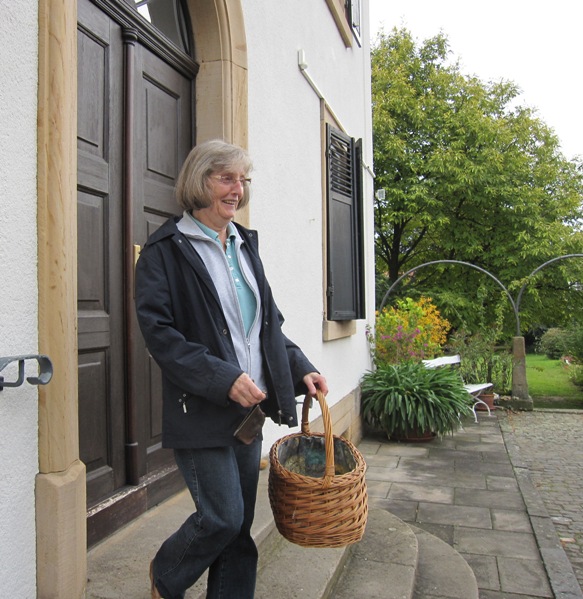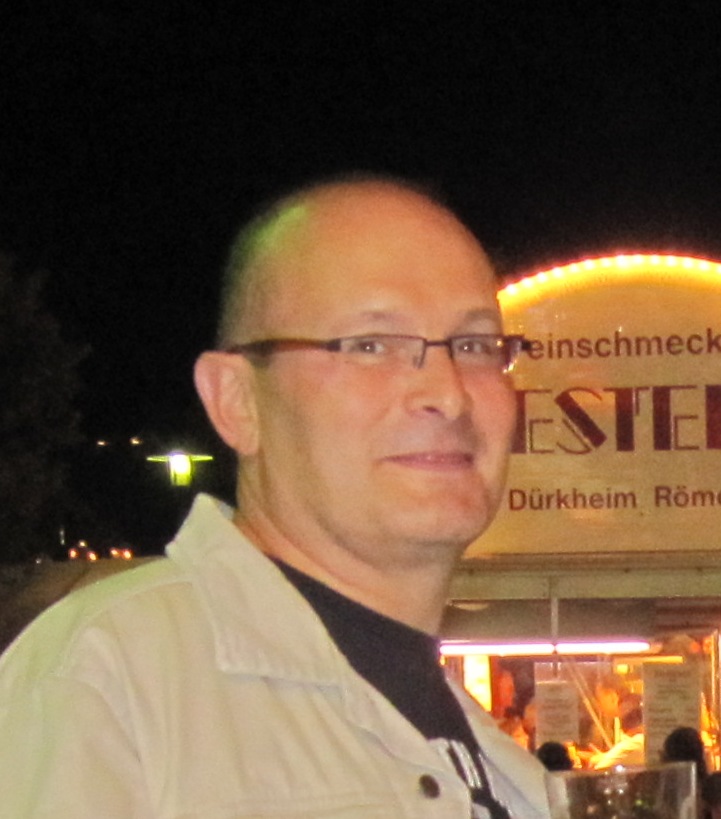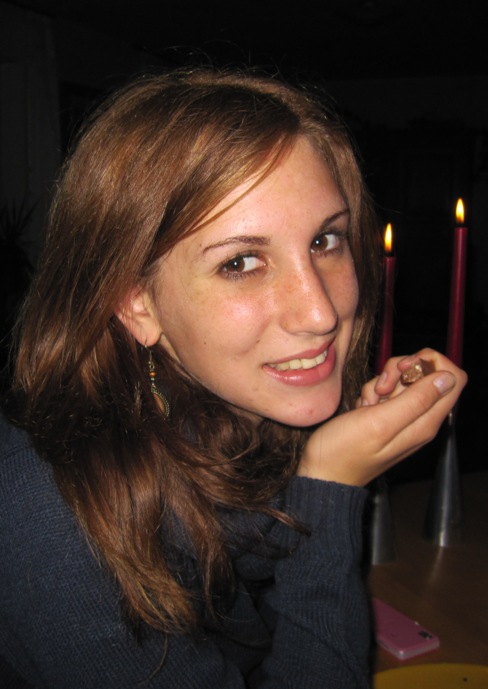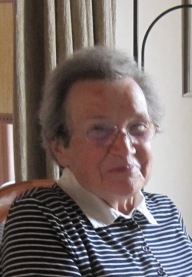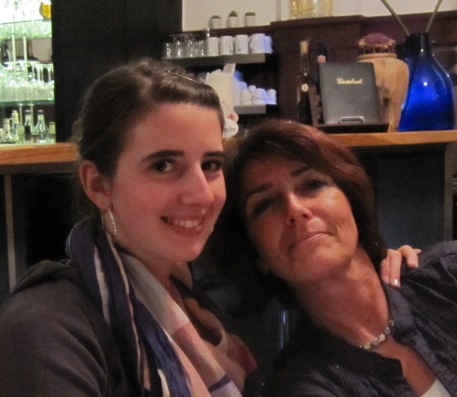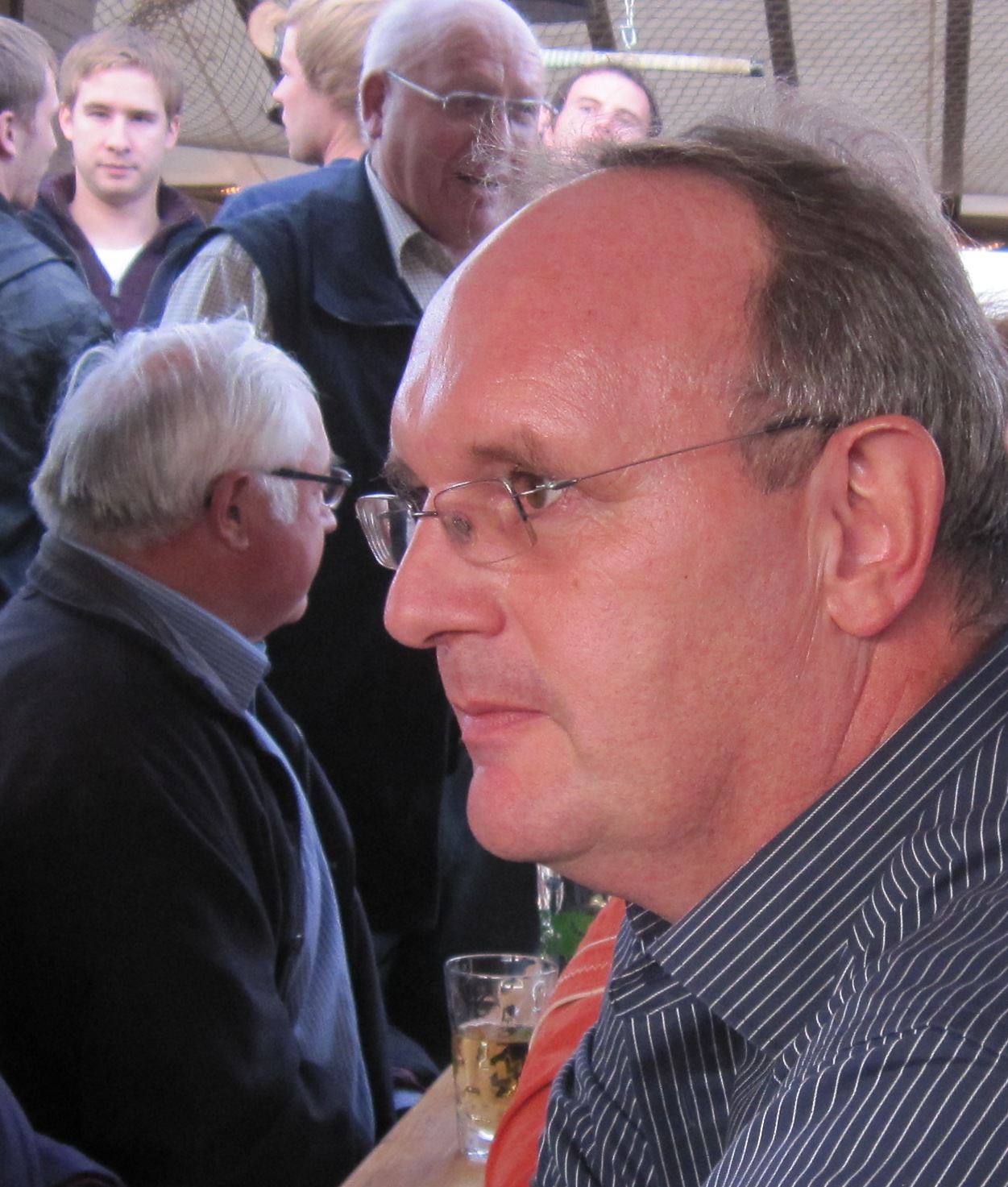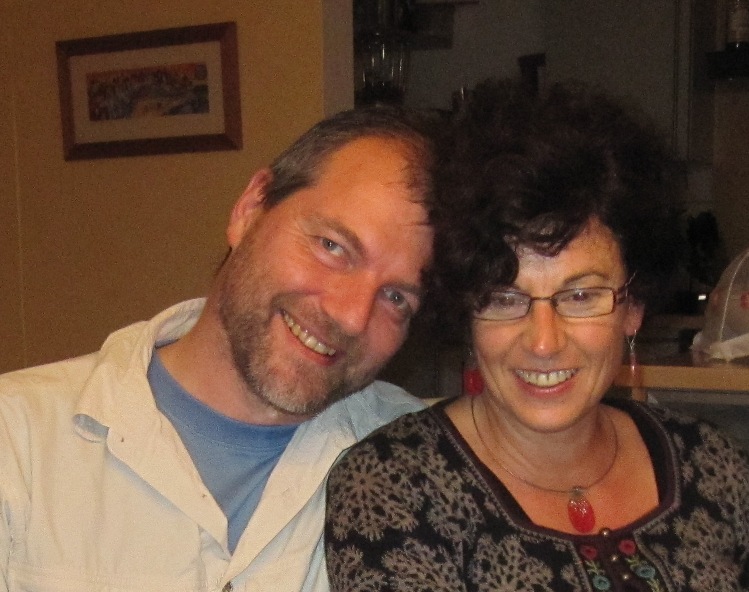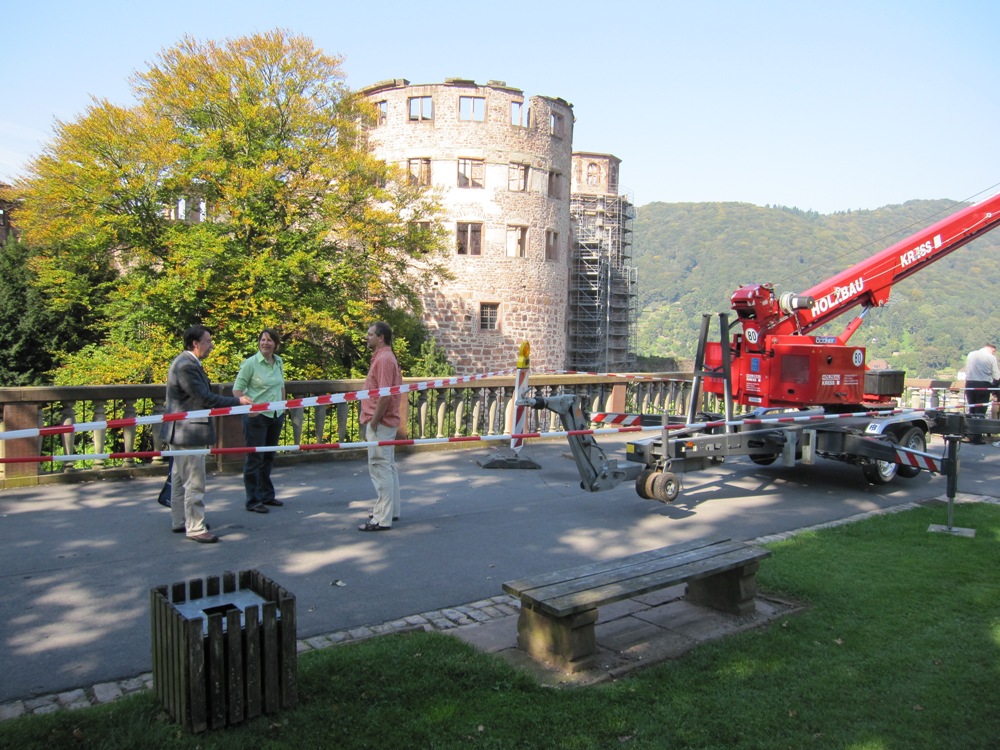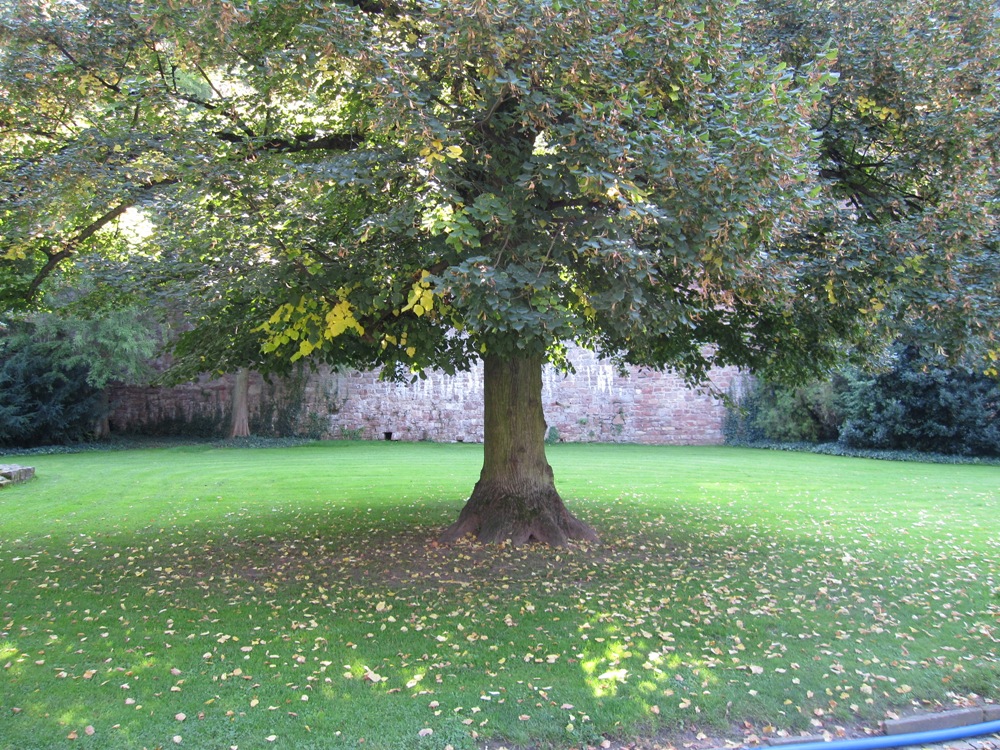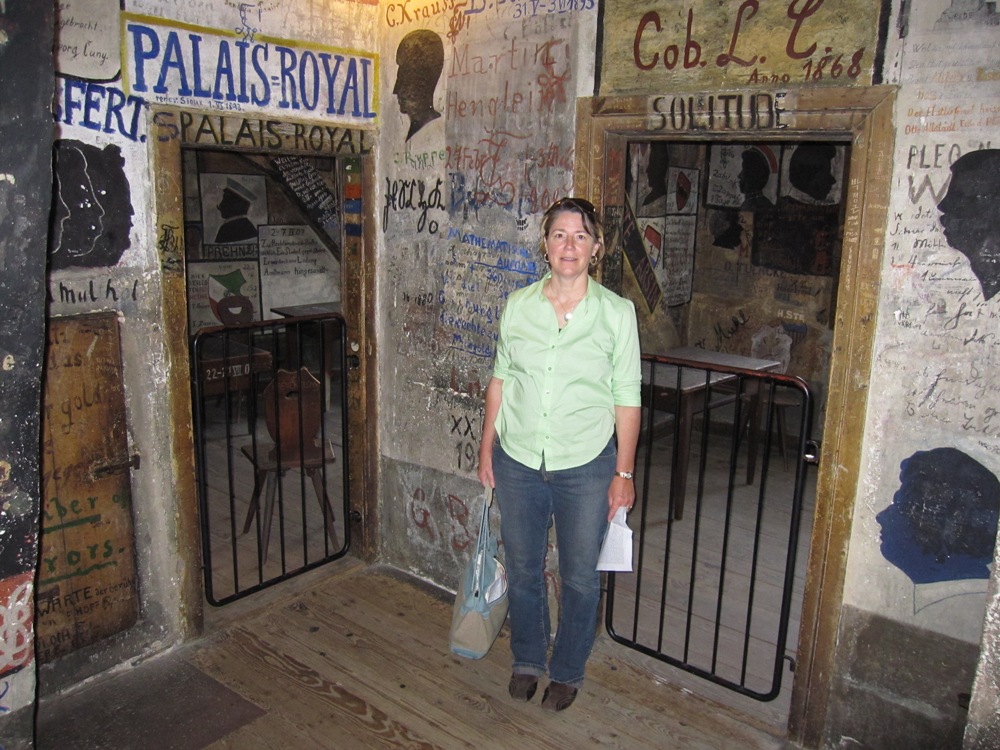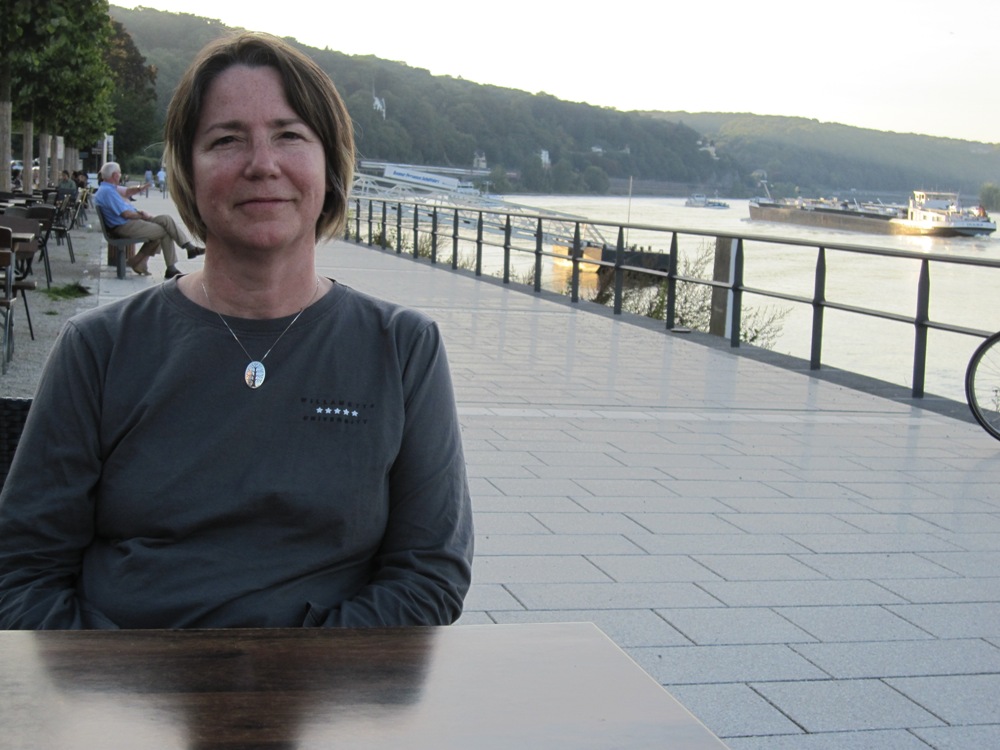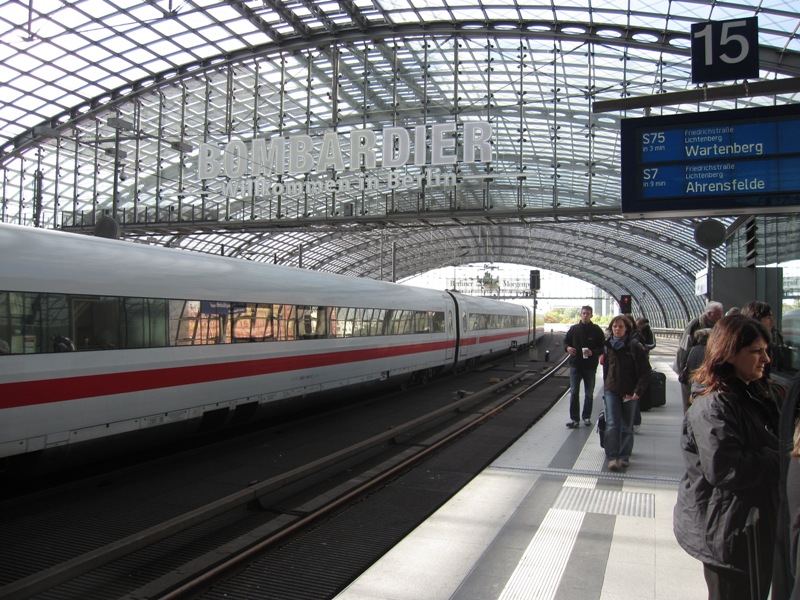 Wolf and I go way back. In 1975, he studied at Orange High School as an AFS student. My family hosted him for half a year.
Wolf and I go way back. In 1975, he studied at Orange High School as an AFS student. My family hosted him for half a year.
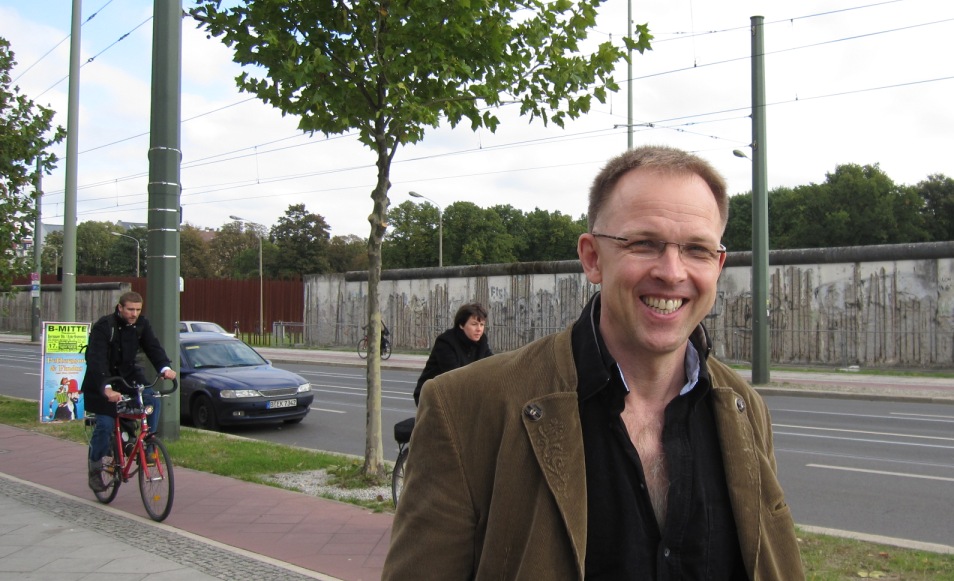 “Your father lived with my family,” I tell his daughter Luise. “We were like brother and sister.” She and her friend Charlotte giggle in the back seat of the tiny, European model Mercedes.
“Your father lived with my family,” I tell his daughter Luise. “We were like brother and sister.” She and her friend Charlotte giggle in the back seat of the tiny, European model Mercedes.
 The last time I visited Wolf was in Berlin in 1988. Back then, we had to enter East Berlin through heavy passport checks and tight security. Our visit was limited to a few hours.
The last time I visited Wolf was in Berlin in 1988. Back then, we had to enter East Berlin through heavy passport checks and tight security. Our visit was limited to a few hours.
Now Wolf’s psychotherapy office is a seven-story walk up in old East Berlin. To meet him, I take the S-Bahn tram to the Nordbahnhof and exit at the site of isolated remnants of the Wall along Bernauer Strasse.
 It’s hard to believe such an ominous era of Berlin history is now filtered through this quiet park exhibit.
It’s hard to believe such an ominous era of Berlin history is now filtered through this quiet park exhibit.

